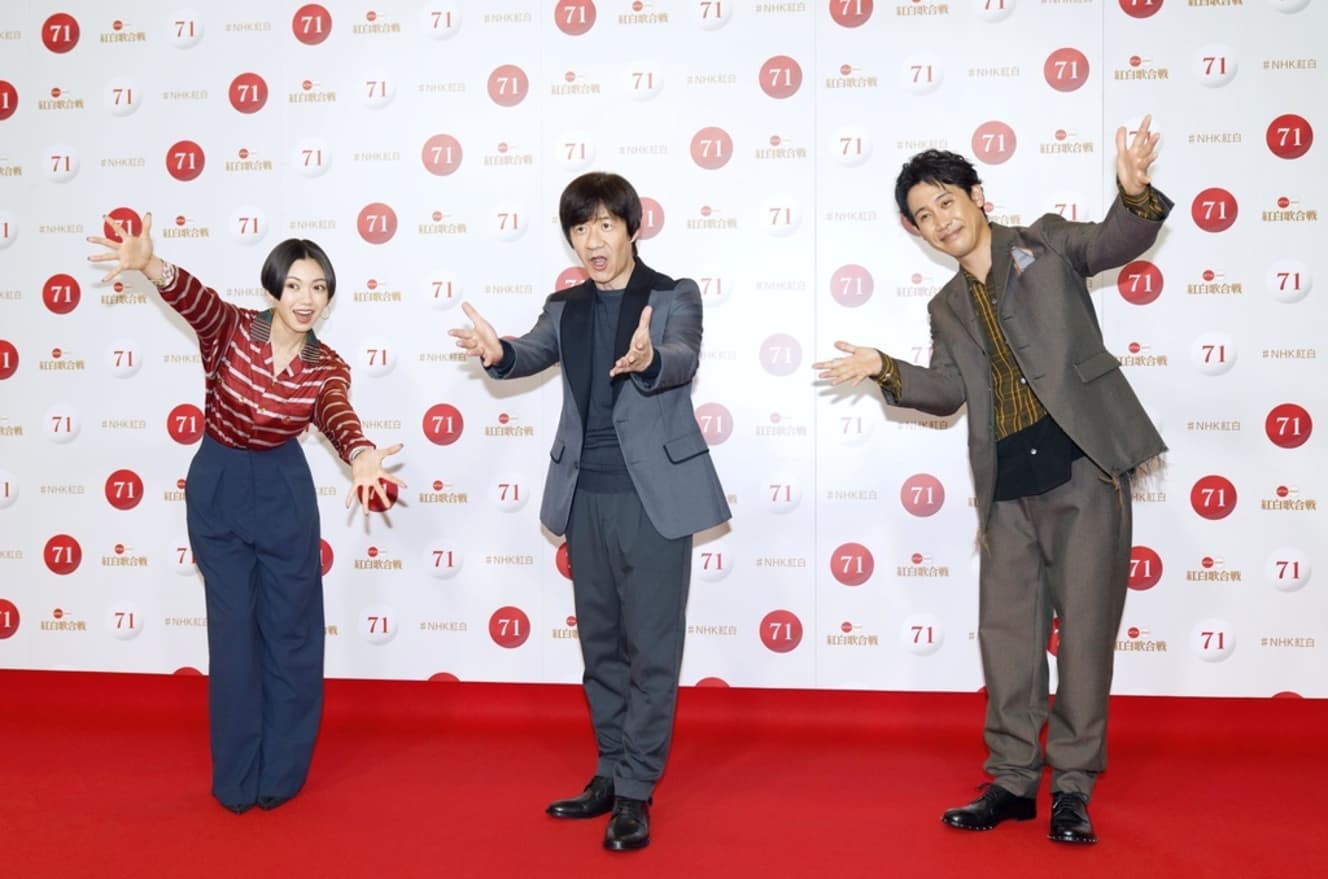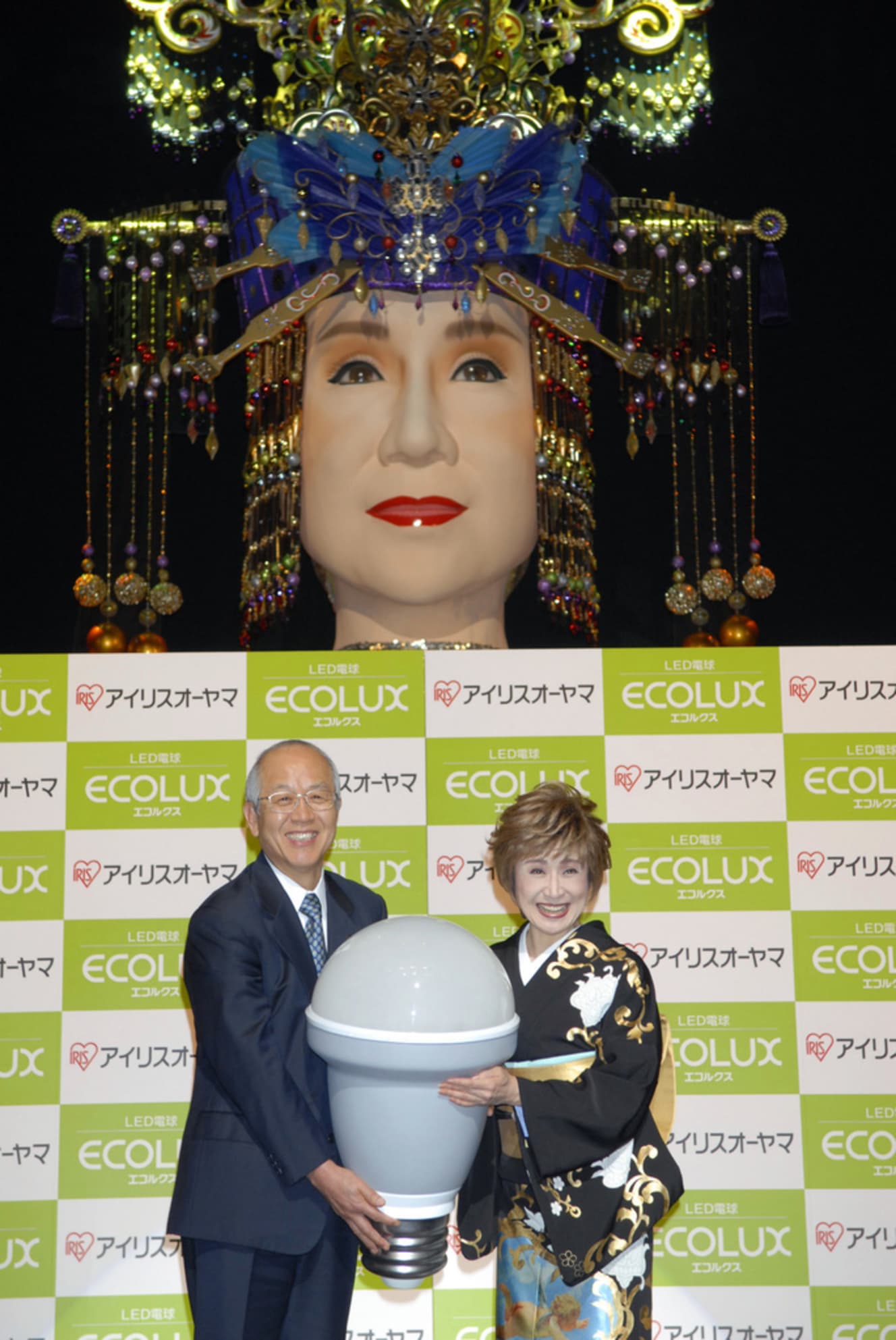A driver withdrew from the competition due to stomach cramps on the day of the event, and a driver went missing with his costume still packed… “Behind the Scenes of the Kohaku Uta Gassen” [Kohaku Gumi].
Michito Goda, author and Kohaku doctor, talks about the Kohaku Uta Gassen
NHK Kohaku Uta Gassen” started yesterday. Today is the Kohaku version.
The 68th “Kohaku” in 2017 is fresh in our memory. Mitsuyoshi Uchimura, the overall host of the event, was performing with the idol group Keyakizaka 46 in a performance project, and towards the end of the performance, one of the members collapsed. One member, Miyu Suzumoto, lost consciousness and almost fell on her back, but was supported by the members. After singing, Yurina Hirate collapsed on stage, and Aika Shida also collapsed, and the judges were shown looking at her worriedly on stage.

Sachiko Kobayashi’s “Costume” Evolved and Expanded, and a Painful Trouble
Speaking of Kohaku, one cannot forget Sachiko Kobayashi’ s extravagant costumes. In her first year (1979), she sang “Omoide Sake” in an ordinary white dress, but from around her third appearance, “Lost Bird,” her costumes gradually became more elaborate, flamboyant, and expansive. Eventually, it became such a popular topic every year that people said, “It’s not the costumes, it’s the stage set!” and the topic became a hot topic every year.
The costume was supposed to be a butterfly with its wings spread out like a butterfly, six meters high and eight meters wide, glistening. However, the fireflies did not light up. The computer control system had malfunctioned, and about two-thirds of the fireflies did not light up. What was supposed to be a gorgeous multi-colored illumination turned out to be only a single blue-white color. The shock was immeasurable, since the rehearsal had been a success.

She withdrew from the contest after suffering from stomach cramps on the day of the event, and her driver went missing with her costume still packed…
Now for a nostalgic story: Izumi Yukimura in the 7th contest (1956). She suffered from stomach cramps on the day of the competition, and ultimately had to withdraw from the competition because her condition had not subsided. Her best friend, Chiemi Eri, sang her own song with two red roses on her chest, saying, “I will do my best for Tonko (Izumi’s nickname). The following year, the 8th (1957), was the Columbia Rose. In those days, it was a sign of a star to appear on both NHK and commercial broadcasters.
At TBS, Rose sang the hit song “Tokyo no Bus Girl” while dressed as a bus guide, and then drove to the “Kohaku” venue in a police car. However, the song she sang at “Kohaku” was another big hit, “Dosei hirota koi da mono. This meant that he had to wear a kimono. However, the driver of the car was missing with his costume still packed. Just as she was about to break into the trunk of her car, the driver showed up, saying he was out drinking tea, and Rose, preening, got dressed and went on stage.
Frankie Sakai, a member of the white group, dressed as a scrapper and picked up the paper, saying, “Pick it up, pick it up, pick it up,” and the audience laughed out loud. Rose, who had been offended, eventually burst out laughing.
Kohaku at the start of the New Year’s special program, when the performers had not yet been announced.
The 2nd Kohaku (1951) was a New Year’s program, not a New Year’s Eve program. When Matsushima Utako, who was supposed to participate in the program, was on her way from Asakusa station to the NHK studio after her New Year’s performance, a cab got on the rails of the train due to snow and the train and car collided head-on. Matsushima was taken to the hospital and was unable to compete.
At the time, the cast had not yet been announced, so NHK hurriedly looked for a substitute singer. Fubuki Koshiji gave the OK and arrived dressed in a Takarazuka Revue hamama, but her meter was already running high from the slaughter. He sang without rehearsal, but once the performance began, he was a professional! He sang beautifully. However, the police report of Matsushima’s accident was intercepted by a cheering phone call and broadcast as it was, revealing both Matsushima’s traffic accident and the fact that he was scheduled to appear in “Kohaku”.
Text by: Michito Goda
Michito Goda made his debut as a singer/songwriter with Watanabe Productions in 1979 while still in high school. Since then, in addition to composing and directing music programs, hosting TV shows, and supervising and commenting on CDs, he has also written for newspapers and magazines, composed poetry, and served as a radio DJ, demonstrating his versatility in many other fields. His books include "The Mystery of Doyo", "The Mystery of the Shrine", "The Mystery of Showa Songs" (published by Shodensha), and "The Truth of the Monster Program Kohaku Utagassen" (published by Gentosha). The New Year 12 Hour Song Festival," a program of the Japan Singers Association, of which he is the president, will be broadcast on BS TV TOKYO on January 3 from 12:00 to 24:00 noon.